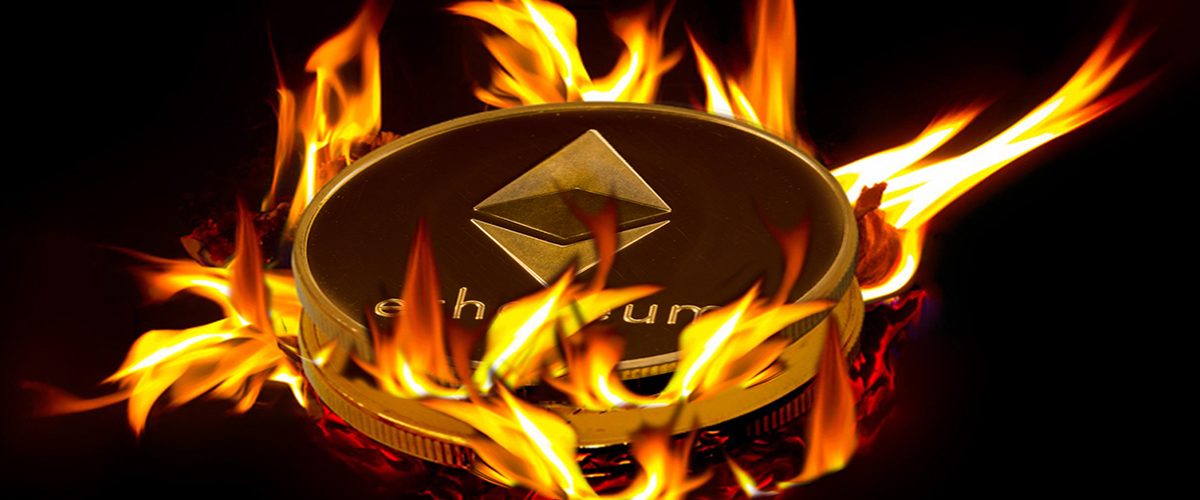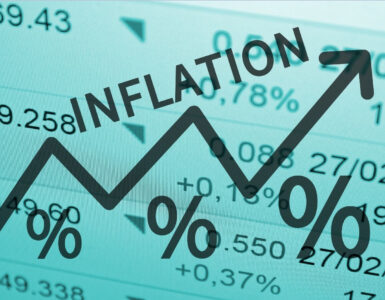Ether traders are acutely focused on data from the underlying Ethereum blockchain’s recent upgrade, known as the London hard fork – and the potential for the refresh to reduce the cryptocurrency’s supply growth.
Under Ethereum Improvement Proposal 1559, a component of the London upgrade that’s usually shorthanded as just EIP 1559, base fees paid to transact on the blockchain get “burned,” meaning they offset some of the 2 ETH created as miner rewards with each data block.
As of press time, some 38,261 ETH have been burned in accordance with EIP 1559, according to the website Watch the Burn. The amount represents more than $120 million, and has reduced the net issuance of new ether by an estimated 35%.
The big question is whether institutional investors who are creeping into digital-asset markets might start to see ether as an inflation-resistant asset, similar to the way many bitcoin bulls have cast that cryptocurrency.
As bitcoin has rallied 16% in August, ether has outperformed with a 26% gain. On a year-to-date basis, ether has quadrupled in price while bitcoin is up 58%.
FundStrat, the investment-research firm, wrote this week: “We expect fees moving through the platform to increase concurrent with the recent uptick in market activity and consequently should continue to see further disinflationary and perhaps even deflationary effects on Ethereum’s circulating supply, resulting in positive price performance.”
It’s notable that Mike McGlone, the Bloomberg Intelligence analyst who won big plaudits for his (ultimately) accurate call last year that bitcoin would hit $50,000, raised the possibility in a report this week that ether might eventually challenge the larger cryptocurrency for the top spot in the rankings of digital assets by market capitalization.










